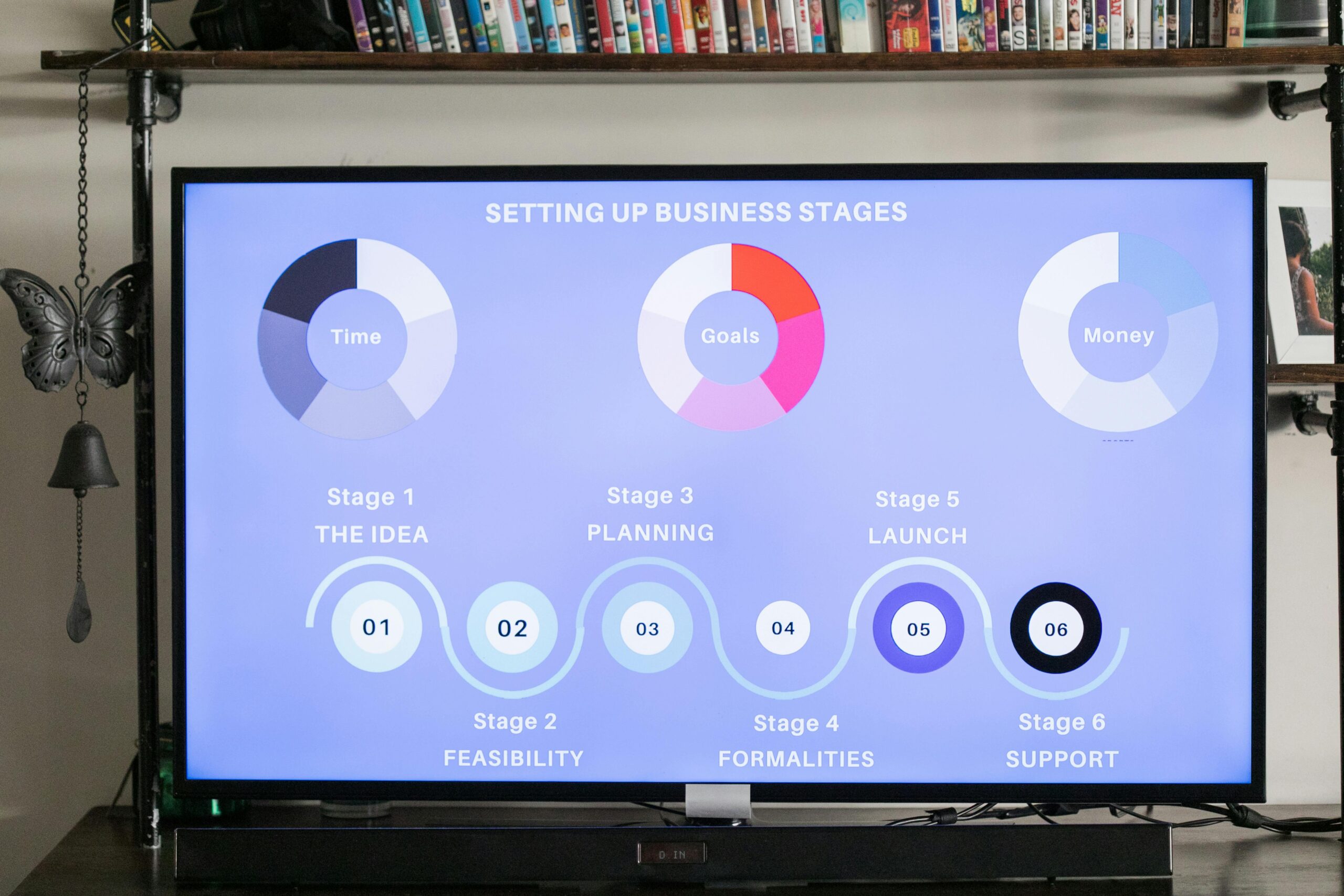Launching a new product is a complex, multifaceted endeavor that requires meticulous planning and execution. For product managers, a well-structured product launch strategy is essential to ensure the product meets market expectations and achieves its business objectives. We will provide a step-by-step checklist for creating a winning product launch strategy, helping product managers navigate the process from initial planning through to post-launch activities.
1. Define Your Product Vision and Goals
Before diving into the logistics of the launch, it’s crucial to have a clear understanding of your product’s vision and goals. This involves:
- Vision Statement: Articulate the product’s core purpose and the problem it solves. This vision should guide all subsequent decisions and strategies.
- Goals and Objectives: Set specific, measurable goals for the launch. These could include sales targets, market penetration rates, or customer acquisition numbers. Ensure these goals are aligned with overall business objectives.
2. Conduct Market Research
Market research is foundational for a successful product launch. It helps in understanding your target audience, competitors, and market trends. Key steps include:
- Target Audience Analysis: Identify and profile your ideal customers. Understand their needs, preferences, and pain points.
- Competitive Analysis: Assess competitors’ products, strengths, and weaknesses. Identify gaps in the market that your product can fill.
- Market Trends: Stay updated on industry trends and consumer behavior to ensure your product aligns with current demands.
3. Develop a Product Positioning Strategy
Effective product positioning differentiates your product from competitors and highlights its unique value. This involves:
- Value Proposition: Clearly define what makes your product unique and why customers should choose it over others. Focus on the benefits and value it provides.
- Messaging and Branding: Create compelling messaging that resonates with your target audience. Develop branding elements such as logo, tagline, and key visuals.
4. Create a Comprehensive Marketing Plan
A robust marketing plan ensures your product reaches the right audience and generates buzz. Key components include:
- Marketing Channels: Identify the channels you’ll use to promote your product, such as social media, email, content marketing, or paid advertising.
- Promotional Tactics: Plan specific tactics like influencer partnerships, product demos, webinars, or giveaways to create excitement and drive engagement.
- Content Calendar: Develop a content calendar outlining when and where marketing materials will be published. Coordinate with the product launch timeline to ensure alignment.
5. Build a Detailed Launch Timeline
A detailed launch timeline helps in managing activities and ensuring all tasks are completed on time. This should include:
- Milestones and Deadlines: Set key milestones leading up to the launch, such as finalizing the product, completing marketing materials, and scheduling promotional activities.
- Task Assignment: Allocate tasks to team members and ensure everyone is clear on their responsibilities and deadlines.
- Contingency Planning: Prepare for potential setbacks by having contingency plans in place. This could include alternative marketing strategies or additional resources.
6. Coordinate with Cross-Functional Teams
Successful product launches require collaboration across various departments. Ensure alignment with:
- Sales Team: Equip the sales team with product knowledge, sales materials, and training to effectively pitch the product.
- Customer Support: Prepare the customer support team with FAQs, troubleshooting guides, and training to handle customer inquiries and issues.
- Engineering and Development: Ensure that the product is fully developed, tested, and ready for launch. Address any potential issues that could affect the launch.
7. Prepare for the Product Launch
As the launch date approaches, focus on final preparations:
- Product Readiness: Ensure the product is fully developed, tested, and free of critical bugs. Confirm that all features and functionalities are working as intended.
- Marketing Collateral: Finalize all marketing materials, including press releases, advertisements, and promotional content. Review and proofread to ensure accuracy and consistency.
- Logistics and Distribution: Arrange for the distribution of physical products if applicable. Coordinate with logistics partners to ensure timely delivery to customers and retailers.
8. Execute the Launch
On launch day, execute your plan with precision:
- Launch Event: Host a launch event, either virtual or physical, to create buzz and engage with your audience. This could include a live demo, presentation, or Q&A session.
- Marketing Rollout: Activate your marketing campaigns across all planned channels. Monitor engagement and adjust tactics as needed to optimize reach and impact.
- Sales and Support: Ensure that the sales team is actively engaging with leads and that customer support is available to address any issues.
9. Monitor and Analyze Performance
Post-launch, it’s essential to track performance and gather feedback to evaluate the success of the launch:
- Performance Metrics: Monitor key metrics such as sales figures, website traffic, social media engagement, and customer feedback. Compare these metrics against your pre-defined goals.
- Customer Feedback: Collect feedback from customers to understand their experiences and identify areas for improvement.
- Team Debrief: Conduct a debrief with your team to discuss what worked well, what didn’t, and any lessons learned from the launch process.
10. Iterate and Improve
Use the insights gained from the launch to make improvements and plan for future iterations:
- Product Enhancements: Address any issues or feedback received from customers and plan for updates or improvements to the product.
- Marketing Adjustments: Refine your marketing strategies based on performance data and feedback. Explore additional marketing opportunities to sustain momentum.
- Long-Term Strategy: Develop a plan for maintaining and growing product adoption over time. Consider strategies for scaling, expanding to new markets, or introducing additional features.
Summary
Creating a winning product launch strategy involves careful planning, execution, and ongoing evaluation. By following this step-by-step checklist, product managers can ensure that every aspect of the launch is thoroughly addressed, from defining the product vision and conducting market research to executing the launch and analyzing performance. With a strategic approach and attention to detail, you can maximize the success of your product launch and achieve your business goals.
Views: 0




Leave a Reply